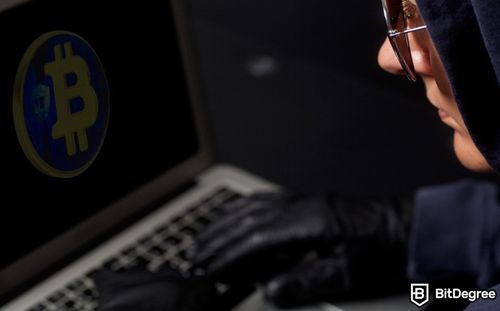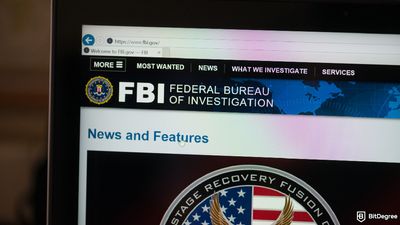The cybersecurity platform identified over a million worth of transactions on several wallets linked to crypto schemes on YouTube.
Digital asset service providers have been previously hit by fraudulent activity as the industry is still in its infancy, with hackers and exploiters maliciously pulling funds out of DeFi platforms and exchanges. However, they are quite uncommon as crypto platforms are increasingly upping their security protocols each day.
With that being said, celebrity crypto scams are a whole other beast, which usually target people new to the blockchain industry. By posing as prominent crypto figures and using stolen video content, scammers are able to draw out funds with phishing links disguised as giveaways.

Did you know?
Want to get smarter & wealthier with crypto?
Subscribe - We publish new crypto explainer videos every week!
What is VeChain? VeChain Coin Explainer (ANIMATED)


Based on the research done by the digital security platform Group-IB, there have been 281 transactions made by scammers who operated 36 fake crypto giveaways on YouTube. The firm claims that it took the scammers only a couple of days (between February 16th and February 18th) to snatch $1.68M worth of cryptocurrency.
Group-IB noticed that these live giveaways had thousands of viewers, with one broadcast reaching 165k viewers. However, these numbers are usually inflated by programs known as view bots, sending out fake accounts to artificially "watch" the stream.
In regards to the scam itself, users that click on the giveaway link are transferred to an external website, with crypto-related messages/images and promises to make people rich if they make a contribution.
However, there are other scams that tend to be more vicious like victims being pushed to download malicious programs or expose their seed phrases, potentially leading to a complete loss of access to their wallets.
Back in January, several YouTubers were targeted by hackers who managed to bypass the two-factor authentication and gain control of their accounts. This allowed them to post fraudulent videos, asking followers to donate cryptocurrencies.






















